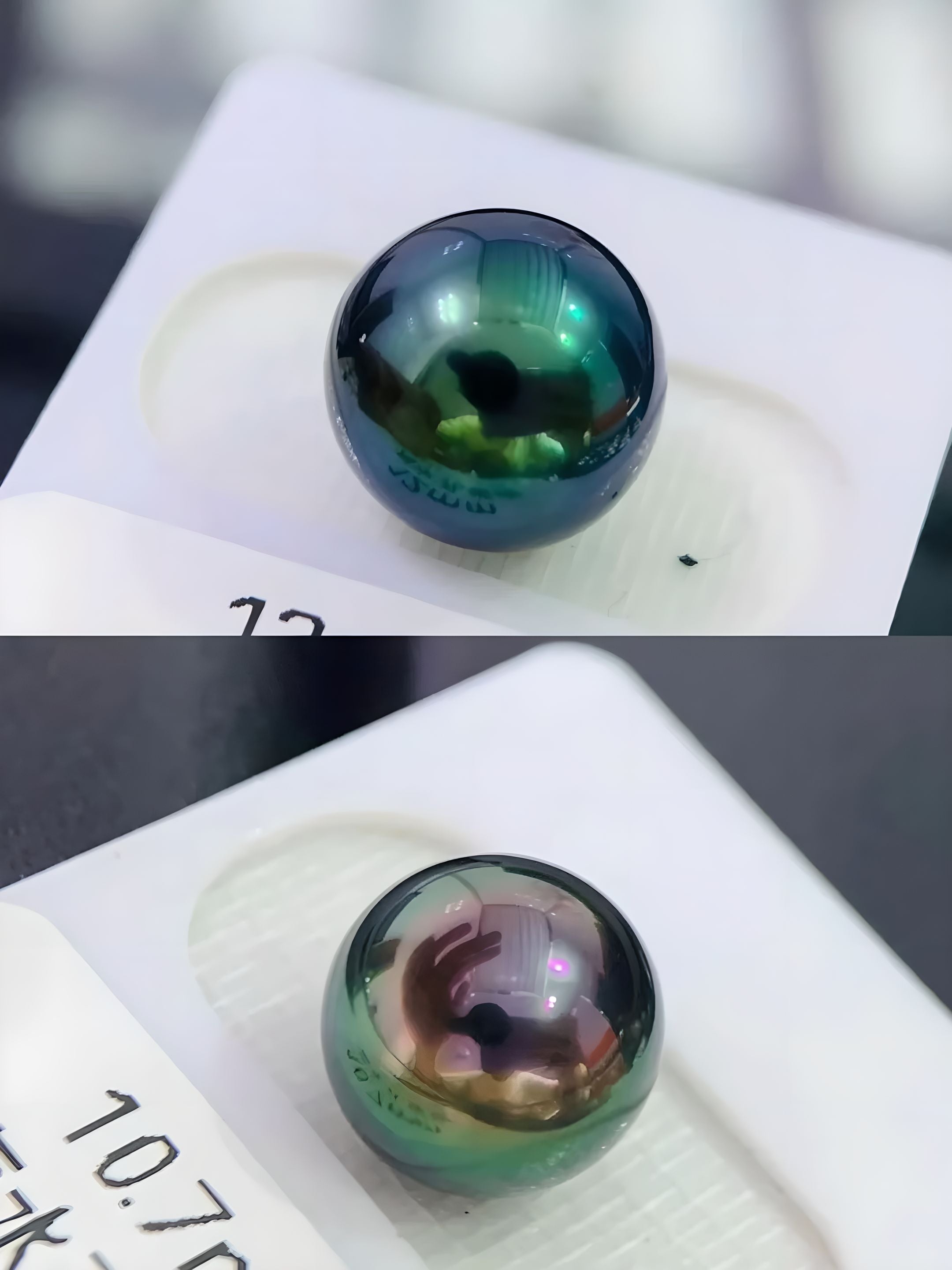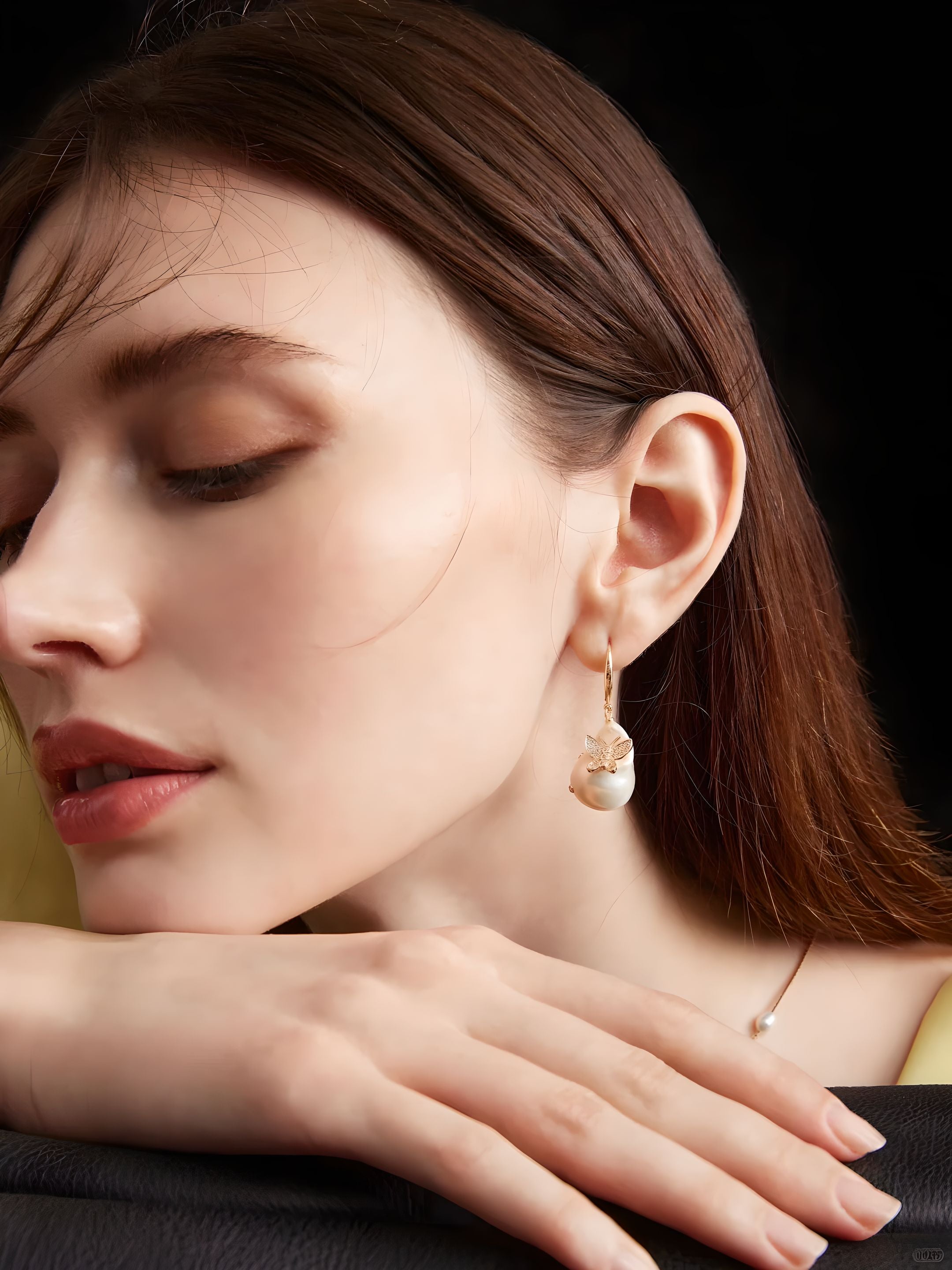
How Tahitian Pearls Get Their Dazzling Colors: A Deep Dive into Nature’s Artistry
How Tahitian Pearls Get Their Dazzling Colors: A Deep Dive into Nature’s Artistry
Introduction: The Allure of Tahitian Pearls
Have you ever wondered what gives Tahitian pearls their mesmerizing, multicolored essence? These pearls, admired globally for their stunning hues, captivate the imagination and inspire desire among luxury jewelry aficionados. But how do these pearls, originating from the tranquil waters of the South Pacific, transform into vivid treasures that adorn the world’s finest jewelry? To understand the allure of Tahitian pearls, we journey into the depths of the ocean to uncover the complex yet fascinating processes that imbue them with their breathtaking colors.

What Are Tahitian Pearls?
Tahitian pearls, often referred to as black pearls, aren’t exclusively black. Instead, they form a spectrum of colors, ranging from deep greens and blues to brilliant purples and silvers. Originating from the black-lipped Pinctada margaritifera oyster, these pearls are predominantly cultivated in the pristine lagoons of French Polynesia. According to the Gemological Institute of America, “Tahitian pearls are farmed in the remote areas of French Polynesia, where they develop their distinct color spectrum” (source: Gemological Institute of America). Unlike freshwater or other saltwater pearls, Tahitian pearls’ distinctive colors set them apart, making them a preferred choice among luxury jewelers and connoisseurs for their unique and exotic appeal.
The Role of the Pinctada Margaritifera and Environment
The first piece in the colorful puzzle of Tahitian pearls lies with the host: the black-lipped oyster, Pinctada margaritifera. With its name denoting a penchant for radiance and shine, this specific oyster plays a critical role in the coloration process. The oyster’s unique inner shell color—ranging from dark to iridescent—imparts these pigments into the forming pearls. “The nacre layers secreted by the oyster’s mantle produce the rainbow-like iridescence that makes Tahitian pearls stunning and unique,” notes marine biologist Dr. Emily Carter.
Environmental factors further contribute to the standout hues of Tahitian pearls. The nutrient-rich, plankton-filled waters of Tahiti and its neighboring islands provide the ideal setting for pearls to develop and form. Factors such as water temperature, salinity, and the marine diet all influence the final color outcome, rendering each pearl distinct in its personality and charm (Pearl-Guide).
Chemical and Physical Processes Behind the Colors
The enchanting colors of Tahitian pearls result from complex biochemical processes. As the oyster secretes nacre—composed of microscopic calcium carbonate crystals—it layers over a nucleus, often a bead or piece of mantle tissue. These nacreous layers produce an optical effect known as ‘interference.’ Light waves bounce off the nacre layers and interfere with each other, amplifying certain colors and diminishing others, much like the iridescence seen in soap bubbles or oil on water.
Furthermore, the composition of the nacre—affected by trace elements like manganese and copper—plays a pivotal role. Studies have shown that varying elemental compositions can enhance undertones of green, peacock, or aubergine shades. Thus, the intricate orchestration of biological and environmental elements results in the captivating color variations seen in Tahitian pearls (source: Pearl Falco).
Appreciating the Beauty and Complexity of Tahitian Pearls
While the science behind Tahitian pearls’ stunning colors is intricate, it adds to their endearing allure. These gems are not only stunning works of natural art but also remind us of the complexity and beauty inherent in our ecosystems. When showcasing or purchasing Tahitian pearls, understanding their origin and the delicate interplay of factors that create their colors adds a layer of appreciation for their unique and luxurious appeal.
Conclusion: The Enduring Charm of Nature’s Palette
Tahitian pearls are a testament to nature’s capacity for producing beauty, combining environmental elements, biological processes, and sheer serendipity to create these remarkable gems. Their stunning, diverse colors reflect the intricate and wondrous journey from oyster to ornament. As you consider adorning yourself or your clients with these pearls, remember the mosaic of nature’s wonders that culminate in every gem. Whether gracing you with its luscious luster or captured within a precious vault, the Tahitian pearl is indeed an emblem of nature’s artistry at its finest.
Article Keywords
- Tahitian Pearls
- Pearl Colors
- Black-Lipped Oyster
- Pearl Jewelry
- Luxury Pearls



Leave a comment
This site is protected by hCaptcha and the hCaptcha Privacy Policy and Terms of Service apply.